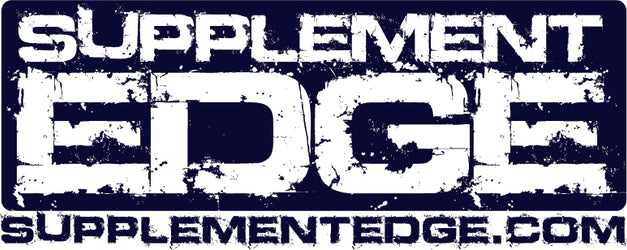
The Lean Bulk: Pack on the Mass Without Gaining Too Much Body Fat
Everyone loves the “off season” because it marks the time where lifting heavy and eating copious amounts of food are the only two priorities. Thoughts of fasted cardio and losing body fat are put on the back burner, in lieu of packing on the mass as quickly and efficiently as possible.
If you’re a bodybuilder, you know that this is arguably the more crucial stage when talking about cutting and bulking. It is during this off season where you build the muscle that is revealed later on. However, making muscle gains during a bulk is not possible without gaining some body fat as well. Some put on more fluff than others, but how much is okay, and when is it too much already?
The Dirty Bulk
The dirty bulk is nothing overly complicated—you basically just eat anything and everything in sight.
“The more weight you gain, the better. Don’t worry about gaining body fat because you can burn it all later in the cutting phase.“
This is basically the dirty bulk in a nutshell. It focuses on consuming as many calories as possible, but not really on the quality of the calories.
Aesthetics aside, consuming copious amounts of food will have some ramifications on health. Many bodybuilders go on the deep end of their bulk and make themselves obese. Unfortunately, when body fat levels rise, so do blood pressure, cholesterol, and risk of cardiovascular diseases. Even the joints are put under greater stress from the added weight. In short, people go to extremes during a dirty bulk under the guise of growing more muscle, but it comes at a hefty cost. In order to shed the excess body fat one puts on during a dirty bulk, one must go deep into a caloric deficit to see fat loss. This means eating less and doing a lot of cardio just to get back into shape.
The Lean Bulk
People nowadays are starting to rethink their off season protocols because they want to stay relatively lean all year round. It’s fun to have abs in the winter season, right? A lean bulk entails consuming healthier foods and paying attention to portions so that the total calories consumed will equal to a smaller surplus. It is still enough to support growth, but it is far more controlled.
A lean bulk can be more cost-effective as you are consuming foods that are just right for your goals with less going to waste, unlike with a dirty bulk where you tend to eat more than what is required for anabolism. The end goal is to stay within range of one’s ideal weight so that the cutting phase will not be too extreme and so that it is better for overall health as well.
A lean bulk also forces one to examine where the calories are coming from. If you break down an Egg McMuffin from McDonald’s, you’ll know that it has x amount of carbohydrates, proteins and fats, but would you be better off with say, oatmeal and eggs? Macro-nutrient-wise, maybe yes and maybe no. Micro-nutrient-wise, the latter is definitely the better choice.
Ultimately, gains will come more slowly on a lean bulk, but they are of good quality—more muscle than body fat. Less body fat in the off-season means that you won’t have to diet down as much. When one goes into an extreme caloric deficit, it could result in loss of muscle mass. That is less likely to happen with a lean bulk, assuming you stay close to your ideal weight/stage weight.

Leave a comment